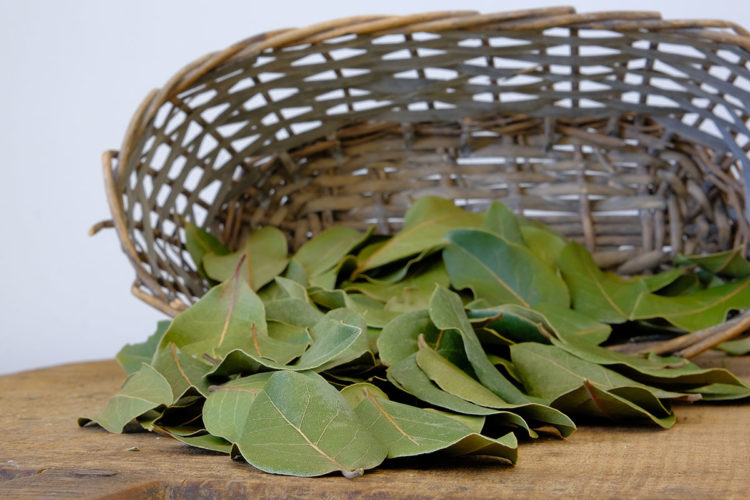Laurel Leaves
6 Impressive Facts About Laurel Leaves and Their Cultivation in Turkey
Laurel leaves have long been a symbol of nature’s richness and tradition. Known for their strong aroma and wide cultural use, these leaves are harvested from evergreen shrubs that thrive in specific climatic zones. Among all growing regions, Turkey stands out as one of the world’s top producers and exporters of laurel leaves.
With their deep connection to the Mediterranean landscape and longstanding agricultural history, Turkish laurel leaves have carved a niche in global markets. In this article, we’ll explore six impressive facts about laurel leaves, focusing on Turkey’s pivotal role in their cultivation and trade.
1. Turkey Is the World Leader in Laurel Leaf Exports
One of the most impressive aspects of laurel leaf cultivation is Turkey’s global dominance. The country accounts for a significant portion of the world’s total laurel leaf exports. Thanks to its vast forests and favorable climate, Turkey supplies high-quality laurel leaves to many regions, especially in Europe and the Middle East.
The provinces of Hatay, Mersin, Antalya, and Aydın are well-known centers for laurel cultivation. These regions offer the perfect combination of warm sun, mild winters, and coastal moisture that laurel shrubs require for strong, lush leaf growth.
2. Laurel Leaves Thrive in Turkey’s Wild Forests
Unlike many agricultural products that depend heavily on cultivated fields, laurel leaves in Turkey often grow in the wild. This is especially true along the Aegean and Mediterranean coastlines, where large areas of natural laurel forests stretch across the hillsides.
Local villagers and cooperatives frequently manage these areas, collecting laurel leaves by hand during the appropriate season. This approach keeps the process sustainable and integrates laurel farming with regional traditions and local economies.
3. Seasonal Harvesting and Traditional Methods Enhance Leaf Quality
Laurel leaves in Turkey are usually harvested between late summer and early autumn, when their aroma and color are most intense. Harvesters use traditional methods, collecting the leaves carefully to avoid damaging the plant or disrupting future growth.
After collection, the leaves are dried under natural shade, which helps preserve their deep green color and aromatic profile. This natural drying process is one of the reasons why Turkish laurel leaves are especially valued in global trade.
4. Turkish Laurel Leaves Have Centuries of Cultural Significance
Laurel leaves are not just an agricultural product in Turkey—they hold cultural value, too. From ancient ceremonies to local folklore, the leaves have long been associated with heritage, storytelling, and seasonal traditions. In certain rural areas, laurel leaves are still included in festivals, home decorations, and even local crafts.
This strong cultural identity strengthens the relationship between communities and the land, making laurel leaves more than just an export—it becomes a part of national pride and rural sustainability.
5. Laurel Leaf Farming Supports Rural Economies
In many parts of Turkey, particularly in forested regions, laurel leaf harvesting is a critical source of income. Seasonal workers, family-owned cooperatives, and women-led agricultural groups all contribute to the collection, sorting, and drying of laurel leaves.
Because the process is mostly manual, it provides job opportunities in areas where few other industries exist. Turkish government initiatives have also supported laurel-focused rural development projects, recognizing the economic value of this native plant.
6. Export-Friendly Logistics Make Turkish Laurel Leaves Accessible Worldwide
Turkey’s well-developed port system, particularly along the Aegean and Mediterranean coasts, gives it a strong logistical advantage in the laurel leaf trade. After drying and packaging, laurel leaves can be transported efficiently to nearby shipping hubs and sent abroad quickly.
This infrastructure ensures that international buyers receive consistent, fresh, and high-quality laurel leaves in large volumes. Whether sold in bulk or packaged for retail, Turkish laurel leaves are known for their durability and shelf stability, thanks to the careful post-harvest process.
Final Thoughts
The story of laurel leaves in Turkey goes far beyond their appearance in kitchens or traditional ceremonies. It is a story rooted in geography, culture, and sustainable agriculture. With vast natural resources, local expertise, and strong trade networks, Turkey has become a global powerhouse in laurel leaf production.
From forest hillsides to international shelves, laurel leaves represent a quiet but impactful chapter of Turkey’s agricultural success. As global interest continues to rise, Turkish laurel leaves are likely to remain a symbol of high-quality, nature-friendly farming rooted in centuries of tradition.
Product Information
Crop: Wild grown on mountains Parts used: Leaves Quality: Hand picked. Sun-Dried, cleaned, 100% pure and natural. Available as: Whole, Ground in various sizes and Powder Industry used: Food, Dietary/Nutritional Supplement, Phytotherapy and Feed industries. Packaging: Carton boxes, Kraft paper bags, PP bales, PP bags and PE bags in various sizes Country of origin: TÜRKİYE


